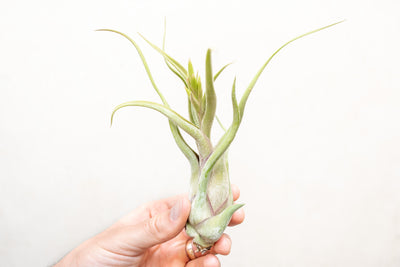
Air Plant Spotlight: Spanish Moss
Tillandsia Usneiodes & Its Many Uses
We’ve all seen it in the movies. It’s floats and sways like ghostly spirits as it hangs from large oak trees and cypress trees here in the deep south. Spanish Moss or Tillandsia usneoides is probably the most popular but least known air plant if that makes any sense. You’ve all seen it but did you know you can grow it yourself and use it in your air plant designs? See our listing for Fresh Spanish Moss.

























Leave a comment